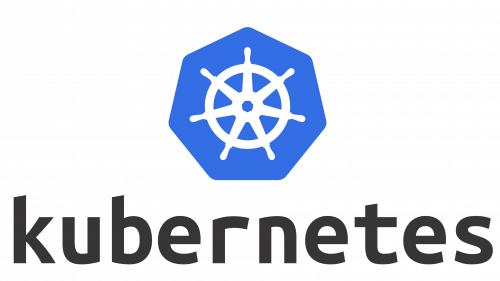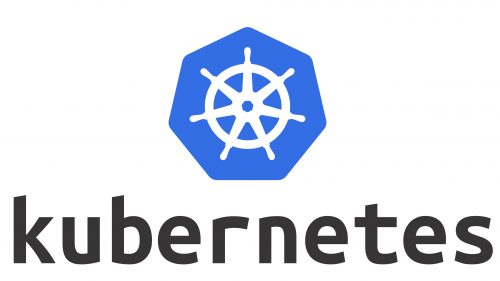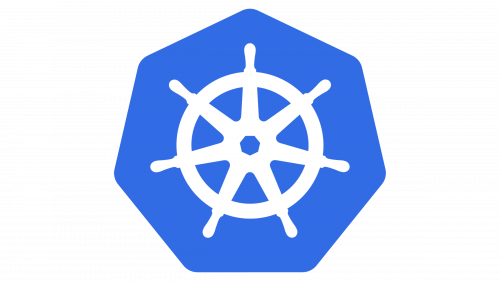Kubernetes is the name of an open-source project designed by Google in 2014 to manage a cluster of Linux containers as a single system. Kubernetes manages and runs Docker containers on a large number of hosts, as well as provides co-location and replication of a large number of containers.
Meaning and history
Kubernetes is an open-source container orchestration platform that automates application deployment, management, and scaling.
Kubernetes was first developed by Google engineers before open source was launched in 2014. It is a descendant of Borg, a container orchestration platform used internally by Google. The Kubernetes project grew out of the Borg cluster management system. The internal product of search giant Google was named Project Seven, after the cyber race of Borg from the legendary Star Trek series. This was a direct reference to the Star Trek character Seven of Nine, a Borg android who managed to regain his humanity. Later the project was renamed Kubernetes, which means “Helmsman” or “Pilot” in Greek, hence the helm, or the steering wheel, in the Kubernetes logo.
Today, Kubernetes and the broader container ecosystem are evolving into a universal computing platform and ecosystem that rivals virtual machines as the basic building blocks of modern cloud infrastructure and applications.
Kubernetes quickly became the most widely distributed project of its kind. Developers choose Kubernetes because of its breadth of functionality, its extensive and growing ecosystem of open source support tools, and its support and portability across leading cloud providers.
What is Kubernetes?
Kubernetes, also known as K8s, is a cluster management software that controls the operation of multiple servers and programs running on those servers. The project was started by Google in 2014 and is now supported by many companies, including Microsoft, RedHat, IBM, and Docker.
In terms of visual identity, Kubernetes sticks to the meaning of the name, which is derived from Greek and means a “Helmsman”. Since the introduction of the logo, it hasn’t been changed yet, although the lettering under the graphical emblem can be seen in different colors, depending on the placement of the badge.
2015 – Today
The Kubernetes logo is executed in a bright blue and white color palette, with the graphical element as the main hero of the composition. The emblem features a solid blue heptagon (a reference to the initial name of the project and Star Trek), with a white steering wheel drawn on it in thick smooth lines. Most often, the emblem is used on its own but sometimes is accompanied by a logotype. The Kubernetes wordmark is set in the lowercase of a modern sans-serif font, in plain black.
Font and color
The sleek and progressive lowercase logotype from the primary Kubernetes badge is set in a bold sans-serif typeface, which is very close to such fonts as Diodrum Semibold and Ergonomique Bold, but with some contours slightly modified. The lettering is stable yet elegant due to the arched bars, while the straight cuts add some edginess and strength.
The color palette of the Kubernetes visual identity is composed of bright blue, white, and black. It looks very vivid and dynamic, with each color having its meaning and reflecting one of the company’s features. Blue is the most commonly used color for tech-related companies, as it stands for reliability and protection, while white is a symbol of loyalty and transparency, and black represents professionalism and stability.









